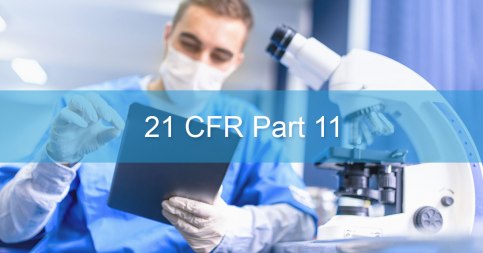
Software as a Service, SaaS is a method of delivering applications over the Internet. This small definition just about summarizes the core of SaaS: It provides Software as a Service using just the Internet. SaaS applications go by different nomenclatures such as on-demand software, hosted software, or web-based software.
SaaS is a fundamentally different method of delivering applications, because when a client chooses SaaS; there is no need to install and maintain software. It can be accessed with just an Internet connection. SaaS applications can be run on the provider’s servers. Since it is the provider who takes over the responsibility of managing all aspects of the application, such as making it available and secure, and also for its performance; the client is spared the headache of having to manage unfamiliar and often complex software and hardware.
This sunny side of SaaS appeals to many clients, which is the primary reason for which SaaS is a huge market. From over $ 10 billion in 2011 in the US; the global SaaS market is set to grow to around $ 120 billion by 2019. Speculated to grow at a CAGR of anywhere between 18 and 24 percent; SaaS is estimated to make up more than one fifth of all software services by that year.
The difficult side of SaaS

This makes the prospects for the SaaS market very bright. However, there is a catch: Most SaaS providers outsource their resources to cut costs. This activity exposes them to the seamy side of this exploding market. Most regulations such as 21 CFR Part 11 are only for the provider, and very little of these are for the vendor. Since there is very less regulation that will offer safeguards to the user from the vendor; the onus of ensuring compliance for both infrastructure qualification and Computer System Validation lies with the regulated company, for it is they who have to show compliance with the regulations and prevent issues relating to availability, performance and protection of data.
Failure in doing so hurts their reputation, because it is they, and not the vendor, that is regulated. This regulated provider is the one that becomes the target of FDA inspections on software validation and should hence do everything it can to avoid FDA actions such as Warning Letters and 483’s. There is thus a major need for regulated companies, software vendors and SaaS/cloud providers to show compliance with 21 CFR Part 11 and other regulations such as Annex 11. This is the only way to avoid legal and other issues associated with noncompliance.
Learn the ways of staying compliant

How do regulated companies, software vendors and SaaS or cloud providers ensure compliance and safeguard and enhance their reputation as trustworthy providers? It is this critical issue that will be discussed threadbare at a very useful and educative two-day seminar that is being organized by GlobalCompliancePanel, a highly regarded provider of professional trainings for the regulatory industries.
At this seminar, David Nettleton, who is an industry leader, author, and teacher for 21 CFR Part 11, Annex 11, HIPAA, software validation, and Computer System Validation, will be the Director.
Want to understand how David explains the way by which regulated companies can offer legally compliant SaaS and cloud solutions? Then please register for this seminar by logging on to Understanding 21 CFR Part 11 compliance for software validation and.... This seminar has been pre-approved by RAPS as eligible for up to 12 credits towards a participant’s RAC recertification upon full completion.
Demonstrating proven techniques

The purpose of this seminar is to demonstrate proven techniques for reducing costs associated with implementing, using, and maintaining computer systems in regulated environments. Towards imparting this, David will address the latest computer system industry standards for data security, data transfer, audit trails, electronic records and signatures, software validation, and Computer System Validation.
With the FDA performing both GxP and Part 11 inspections; the EMA has released an updated Annex 11 regulation that expands Part 11 requirements and companies must update their systems and processes to maintain compliance. David will discuss this. He will give participants an understanding of the specific requirements associated with local and SaaS/cloud hosting solutions.
Validation in a number of specialized areas
Since almost every computerized system used in laboratory, clinical, manufacturing settings and in the quality process has to be validated; the ways by which they can decrease software implementation times and lower costs using a 10-step risk-based approach to Computer System Validation will be imparted. The Director will review recent FDA inspection trends and discuss how to streamline document authoring, revision, review, and approval.
Anyone who uses computer systems to perform their job functions in the regulatory, clinical and IT areas of health care, clinical trial, biopharmaceutical, and medical device sectors will find this seminar highly useful. It is of high value for software vendors, auditors, and quality staff involved in GxP applications.
You need to be a member of MedTech I.Q. to add comments!
Join MedTech I.Q.